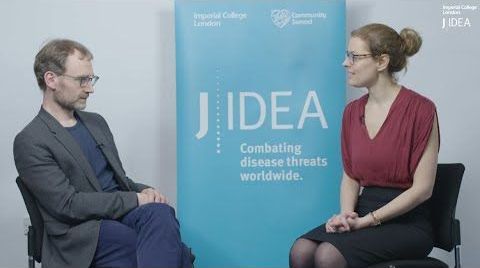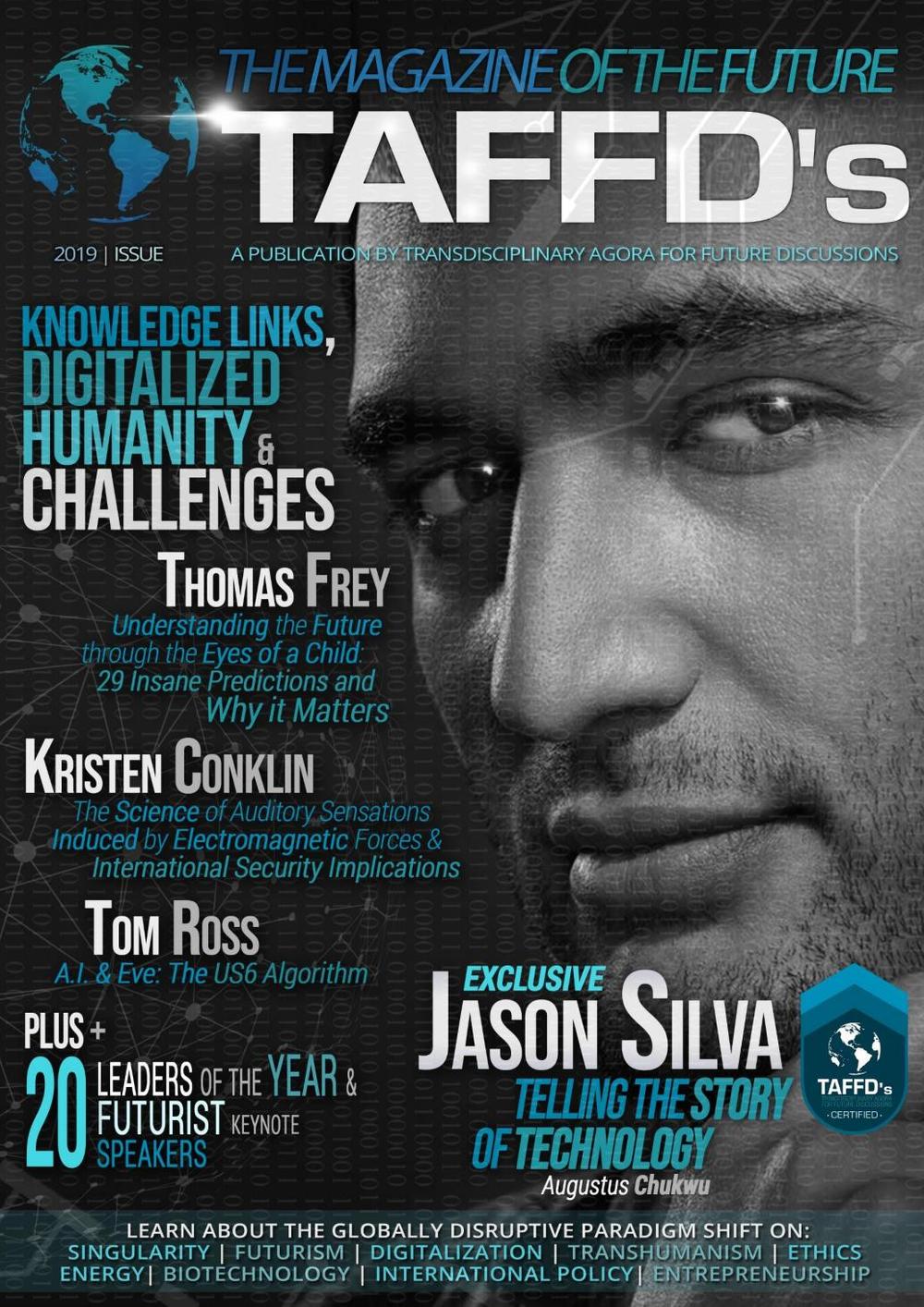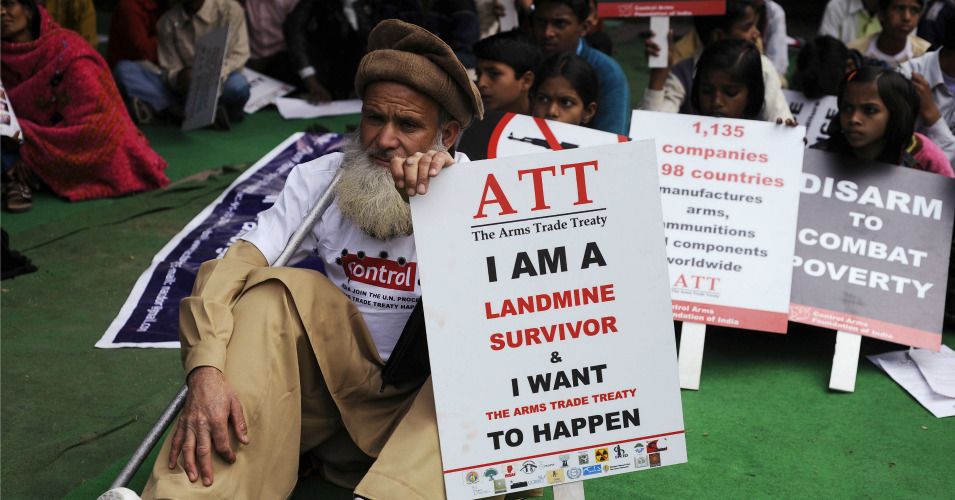First wave 🌊.
Your questions answered — an update (11−03−2020): Professor Neil Ferguson on the current status of the COVID-19 Coronavirus outbreak, case numbers, intervention measures and challenges countries are currently facing.
Read all reports including estimates of epidemic size, transmissibility, severity, phylogenetics, undetected cases, prevalence and symptom progression here: https://www.imperial.ac.uk/mrc-gida
The Abdul Latif Jameel Institute for Disease and Emergency Analytics (J-IDEA) brings together global health researchers in the School of Public Health at Imperial College London. Drawing on Imperial’s expertise in data analytics, epidemiology and economics, J-IDEA improves our understanding of diseases and health emergencies in the most vulnerable populations across the globe. The Institute links governments, research institutions and communities to develop practical and effective long-term solutions, shape health policy and deliver better quality of life for all.
Abdul Latif Jameel Institute for Disease and Emergency Analytics (J-IDEA)
Website: https://www.imperial.ac.uk/JIDEA
Twitter: @Imperial_JIDEA, https://twitter.com/Imperial_JIDEA
MRC Centre for Global Infectious Disease Analysis (MRC GIDA)
Website: https://www.imperial.ac.uk/mrc-gida
Twitter: @MRC_Outbreak, https://twitter.com/MRC_Outbreak
Interviewee: Professor Neil Ferguson, Imperial College London, Director of J-IDEA and MRC GIDA
Interviewer and Producer: Dr Sabine van Elsland, Imperial College London, J-IDEA, MRC GIDA
Producer: Dr Katharina Hauck, Imperial College London, Deputy Director of J-IDEA, MRC GIDA
Associate Producer: Oliver Geffen Obregon, School of Public Health, Imperial College London.
Director and A Cam Operator: Tiago Melo, Digital Learning Hub
B Cam Operator: Jack Lowe, Digital Learning Hub
C Cam Operator: Erdvilas Abukevicius, Digital Learning Hub
Editor: Anne Marie Rützou Bruntse, Digital Learning Hub
Assistant editor: Tiziana Mangiaratti, Digital Learning Hub.








